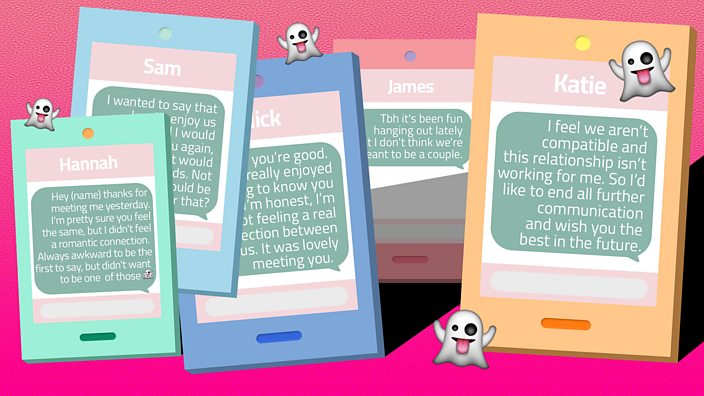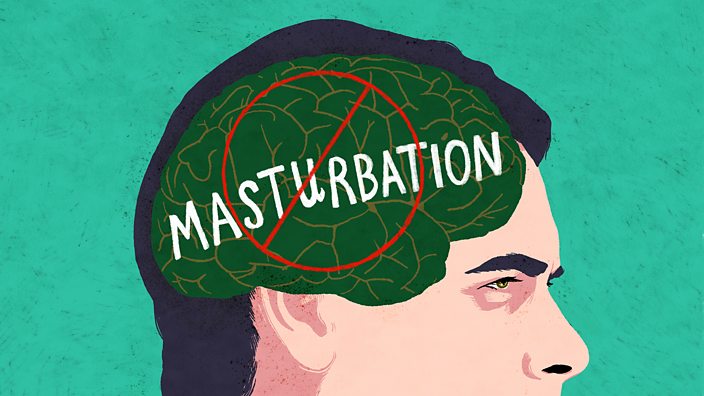 NBC Universal
NBC UniversalHow cold can it get at work before you can legally go home?
Bad news: even if it's snowing, the office is likely to stay warm enough
Don't call it a comeback: despite the fact we're inching towards February, winter has decided to make a last-minute return. The coldest temperatures of the season were recorded this week in Scotland - a bone-chilling -13C - while up to 15cm of snow is forecast to hit areas across England and Wales over the next few days.
And one of the biggest questions that arises as the temperature plummets is, "When is it actually too cold to be at work?"
So with a chilly few days ahead of us, you might be wondering just how cold it has to be before you can leave work and snuggle up under a warm blanket at home instead.
The bad news, however, is it isn’t quite the same as those times at school when the boiler broke down. There is actually no upper or lower legal limit for the temperature in an office environment, but the Health and Safety Executive states employers are legally obliged to keep the indoor temperature comfortable.
The catchily titled Workplace (Health, Safety and Welfare) Regulations 1992 say that, “During working hours, the temperature in all workplaces inside buildings shall be reasonable.” The guidelines suggest a minimum temperature of 16 degrees Celsius for the workplace, and 13 degrees if the work in question involves “rigorous physical effort”.
However, the government regulations don’t mention a maximum temperature, due to the existence of extremely hot workplaces, such as foundries and glass works. Labour in such environments can “continue if the necessary precautions are taken,” according to the guide.
The onus is on the employer to bring the office’s temperature up to mark, but perhaps more importantly, bosses should be concerned with maintaining ‘thermal comfort’. This is a mix of environmental and personal factors which contribute to how comfortable you feel at work. And a lot of that can depend on if you’re the kind of person who wears three jumpers or a T-shirt to work in winter.
Management also must make sure to offer suitable breaks and rest periods in workplaces with more extreme temperatures.
All the research and laws in the world will probably never solve the ongoing battle over the office thermostat, though.
Indeed, one survey has shown that 53% of employees said they were less productive when working in an office that is too cold, while 71% said they were less productive when working in an office that's too hot.
But if you can’t satisfactorily resolve your office temperature issues, and you still feel the cold all the time, there are things you can do. Such as typing with gloves on:
Sourcing a personal heater:
Or, erm - actually, we wouldn’t recommend this one:
Finally, you always have this option as work attire...
This article was originally published on 8 December 2017
Read more:











